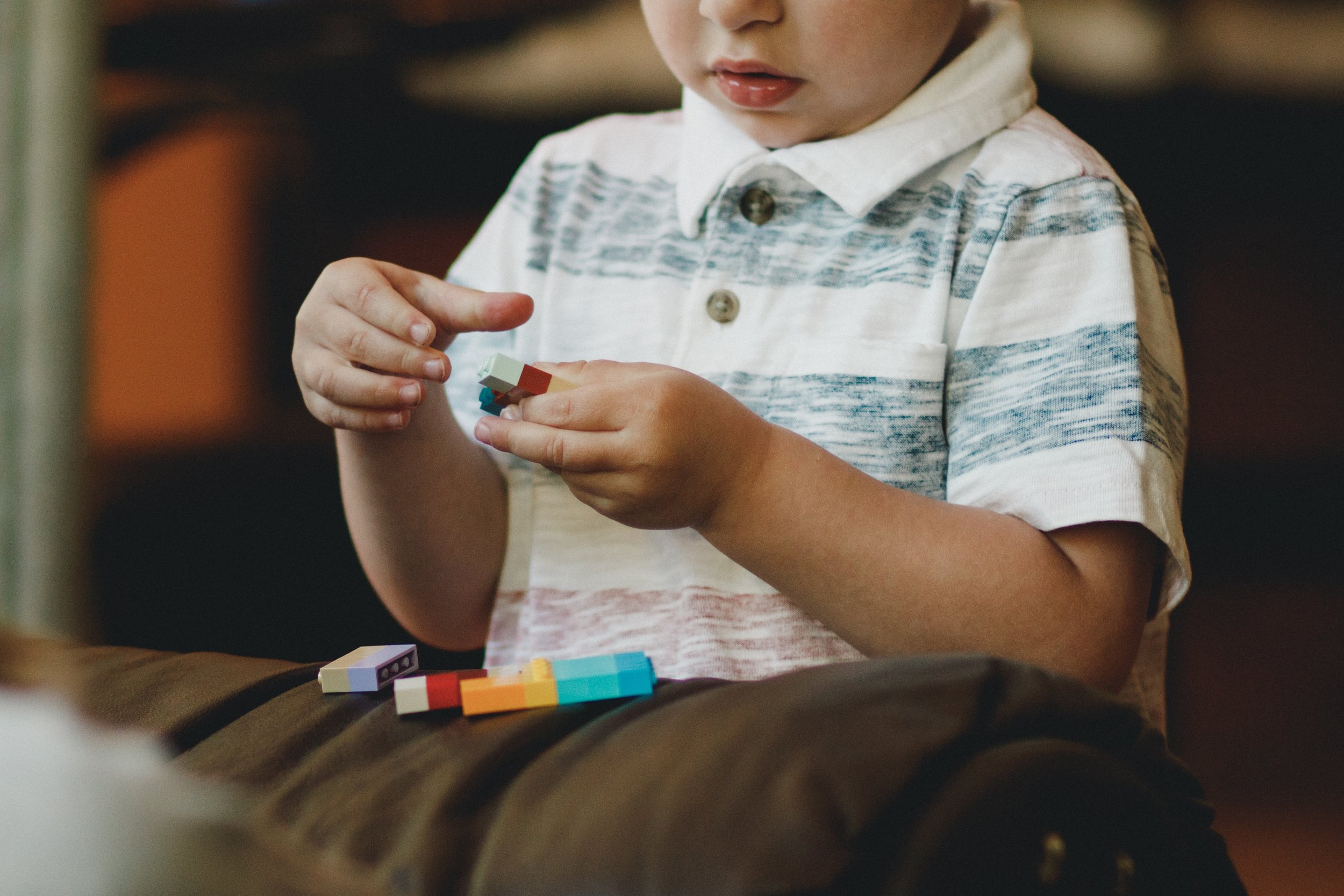Albert Bandura is an influential social cognitive psychologist who is known for his social learning theory, the concept of self-efficacy, and his famous bobo doll experiments. During the 1960s, he conducted the Bobo doll experiments, which studied observational learning.
The aim of his bobo doll studies were to investigate if social behaviors (like aggression) can be learned by observation and imitation. He tested 36 boys and 36 girls between ages 3 to 6 years old. The children were pre-tested to see how aggressive they were by observing them in their nursery setting. The researchers then judged how aggressive their behavior was on a series of 5 point rating scales. The researchers matched the children in groups based on their levels of aggression.
Conditions
The experiment was manipulated into three conditions:
-
Aggressive model is shown to 24 children
-
Non-aggressive model is shown to 24 children
-
No model shown (control condition) to 24 children
Stage 1: Modeling
Children were individually brought into a room containing toys to play with for 10 minutes while either:
-
24 children (12 boys and 12 girls) watched a male or female model behaving aggressively towards a toy called a bobo doll. The adults attacked the bobo doll in a distinctive manner – they used a hammer in some cases, and in others threw the doll in the air and shouted “Pow, Boom.”
-
Another 24 children (12 boys and 12 girls) were exposed to a non-aggressive model who played in a quiet and subdued manner for 10 minutes (playing with a tinker toy set and ignoring the bobo doll).
-
The final 24 children (12 boys and 12 girls) were used as a control group and not exposed to any model at all.
Stage 2: Aggression Arousal
Each child was then subjected to mild aggression arousal by being taken one by one into a room with nice toys. When the children began to play with the toys, the experimenter told the child that the toys were the experimenter’s best toys and that she decided to reserve them for the other children.
Stage 3: Test for Delayed Imitation
The next room contained some aggressive and aggressive toys.
Aggressive toys – mallet, peg board, dart guns, and bobo doll
Non-aggressive toys – tea set, crayons, three bears, and plastic farm animals
The children were brought into the room for 20 minutes and any aggressive behavior toward the toys were observed and rated through a one-way mirror.
Results
-
The children who observed the aggressive model made more aggressive responses that both imitated or did not imitate (choosing their own method of aggressive behavior) what they observed than those who were in the non-aggressive or control groups.
-
The girls who were in the aggressive model condition showed more physically aggressive responses if the model was male. If the model was female, they show more verbally aggressive responses.
-
Boys were more likely to imitate what the male models showed them.
-
Boys generally imitated more physically aggressive acts than the girls.
-
There was little difference in the verbal aggression between boys and girls.
Conclusion
These findings support Bandura’s Social Learning Theory – children learn social behavior, such as aggression, through the process of observational learning (watching the behavior of another person). This study brought about important implications for the effects of media violence on children.
Limitations
-
Many psychologists are critical of lab studies of imitations. They find that there tends to have low ecological validity (the methods, materials and setting of the study approximating to the real-world). Critics have stated that due to the child and the model being strangers, this is a very different scenario than a child being influenced within a family.
-
Cumberbatch (1990) found that children who had not played with a Bobo Doll before were five times as likely to imitate the aggressive behavior than those who were familiar with it. He claimed that the novelty value of the doll makes it more likely that children will imitate the behavior.
-
A further criticism of the study is that the demonstrations are measured almost immediately. With snap shot studies, it is difficult to discover if a single exposure has long-term effects.
-
It is possible to argue that the experiment was unethical. For example, if the children suffered any long-term consequences as a result of the study.
References
Bandura, A. (1965). Influence of models’ reinforcement contingencies on the acquisition of imitative responses. Journal of personality and social psychology, 1(6), 589.
Bandura, A., Ross, D. & Ross, S.A. (1961). Transmission of aggression through imitation of aggressive models. Journal of Abnormal and Social Psychology, 63, 575-82.
Bandura, A., Ross, D., & Ross, S. A. (1963). Imitation of film-mediated aggressive models. The Journal of Abnormal and Social Psychology, 66(1), 3.


